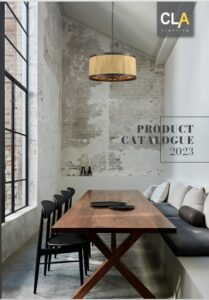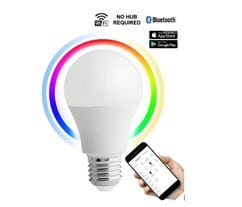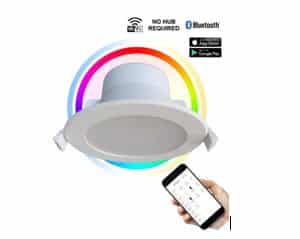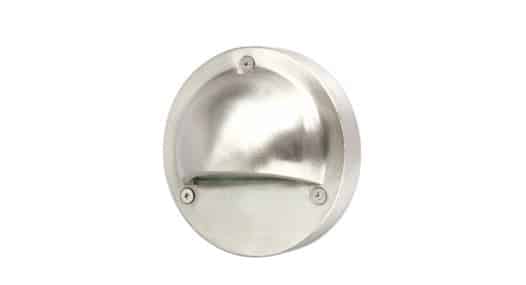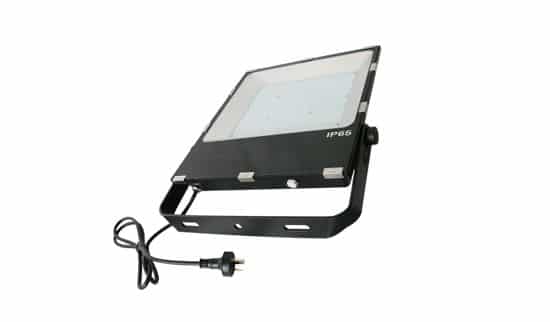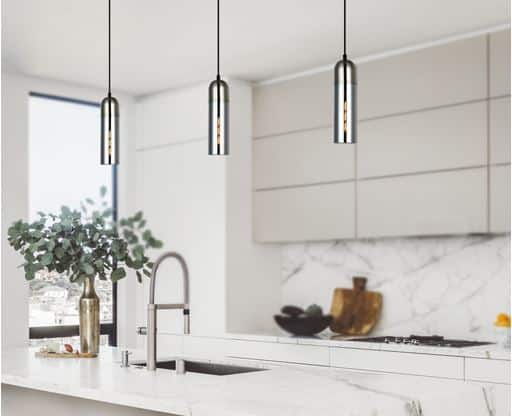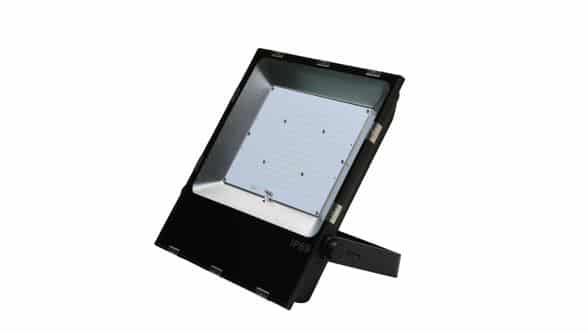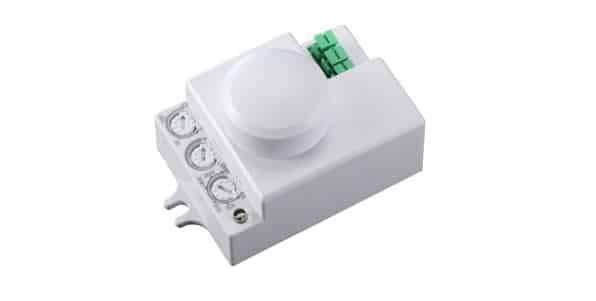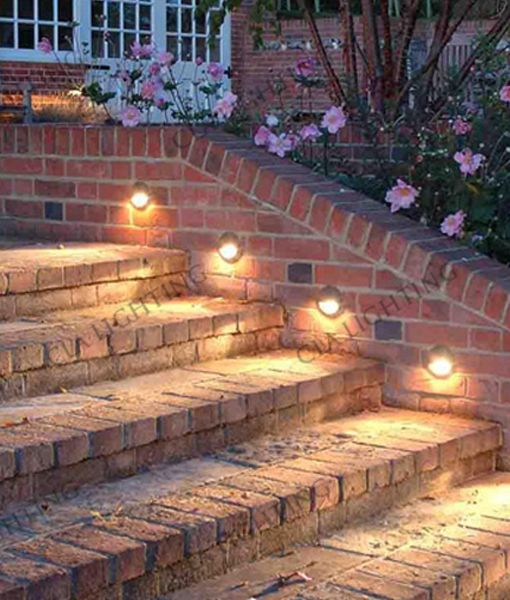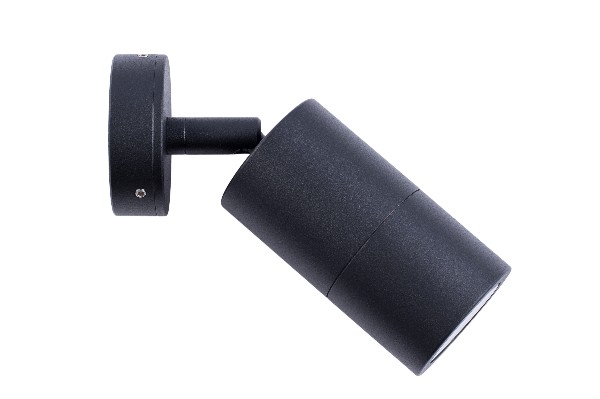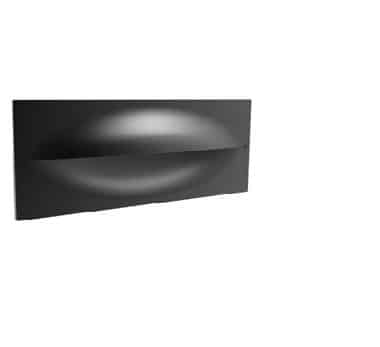CLA Lighting
Founded in 1999 in Sydney, CLA Lighting is one of Australia’s leading LED Lighting manufacturers. CLA Lighting is known for its innovative and trendy lamps and fixtures and provides residential, commercial, and industrial solutions.
CLA Lighting offers a wide variety of indoor and outdoor lighting options, including spotlights and downlights, path lights, recessed lighting, and more, offering the Australian market the latest in national and international lighting trends.
CLA Catalogue:
Need Help Choosing?
CLA LED Smart Downlight Wht TRI-CCT and RGB
CLA STE1-4 EYELID LED STEP LIGHTS
CLA FLOOD LED BLK 150W SMD
CLA Pastille Pendant Light
CLA FLOOD LED BLK 200W SMD
CLA SENSOR Microwave
CLA SETH OUTDOOR WALL and BOLLARD LIGHTS
CLA WEDGE OUTDOOR WALL LIGHTS
CLA STE9-10 EYELID LED STEP LIGHTS
CLA PG1A S-ADJ OUTDOOR WALL LIGHTS
CLA OGA EXTERIOR RECESSED WALL LIGHTS
LED Lighting Basics
Purchasing LED lighting is a bit different from traditional lights. LEDs are more energy efficient than traditional lights. Therefore, you’ll need to keep a few things in mind when you buy.
-
100% Australian Owned
Buying from a wholly Australian-owned company benefits everyone by keeping tax dollars at home. If we all spent just $50 a week on 100% Australian-owned businesses, we could reduce Australia’s foreign debt by $50 billion annually!
-
Longer Lamp Life
CLA Lighting builds its lamps for years of trouble-free use, indoors or out. Cheaper brands often offer decreased light quality or construction, allowing moisture, dust, and other contaminants in, shortening lamp life.
-
Consistent Brightness and Colour Rendering
CLA’s lamps offer a consistent brightness over a surface without dark spots. Also, CLA Lighting products provide excellent colour rendering.
-
High Standards of Manufacture
All CLA Lighting products are manufactured to comply with all Australian standards and the company is a member of the Australian Lighting Council.
-
CLA Lighting Catalogue Highlights
With hundreds of lighting options, the CLA lighting catalogue is pretty intimidating. However, we wanted to highlight some of the most popular options and some of CLA Lighting’s latest designs.
CLA’s interior downlights are popular with shoppers, and their exterior wall and step lights are also a top pick. Commercial and industrial customers should check out their bright, long-lasting outdoor floodlights.
We’re incredibly excited about CLA Lighting’s recent foray into smart lighting and a line of pendant lighting, some of which sport stunning designs. We’re proud at Emotive Earth to offer CLA Lighting, and our experts can work with you on which of CLA Lighting’s products will work best in your next lighting project.
-
Why are LED lights so expensive?
A common misconception about CLA Lighting and other manufacturers is that they’re “expensive.” While LED fixtures are expensive to purchase, their cost of operation is far less than your standard bulbs. Most LED bulbs use 15% of the energy of traditional bulbs and don’t require replacement for many years.
-
LED Lighting Basics
Purchasing LED lighting is a bit different from traditional lights. LEDs are much more energy efficient than conventional lights. Therefore, you’ll need to keep a few things in mind when you buy.
-
Lumens, Not Watts
We’re used to judging how bright a light is by its wattage: commonly used household lighting uses 25, 40, 60, 75, and in some cases, 100-watt bulbs. LED lighting is much more efficient: a 2-watt LED bulb uses the same power as a 25w standard bulb. LED lighting manufacturers use lumens instead to describe brightness.
An 800-lumen LED bulb will produce the same amount of light as a 60-watt standard bulb and is great for general use applications throughout the home. For more subtle lighting, opt for under 800 lumens and over for brighter lighting.
-
Colour Temperature
You may have seen the terms “warm” and “cool” on the bulbs you have bought. This is called colour temperature and is measured in Kelvin (K). “Warm” whites have a temperature of 2700-3500K and a yellow or orange tint similar to light at sunrise or sunset. “Cool” whites have a temperature over 3500K and a neutral appearance, often with a slightly bluish tint.
-
Colour Temperature
You may have seen the terms “warm” and “cool” on the bulbs you have bought. This is called colour temperature and is measured in Kelvin (K). “Warm” whites have a temperature of 2700-3500K and a yellow or orange tint similar to light at sunrise or sunset. “Cool” whites have a temperature over 3500K and a neutral appearance, often with a slightly bluish tint.
-
Beam Angle
Beam angle refers to how concentrated a beam of light is. A narrow beam angle (15-45°) is best for accent or highlight lighting, while wider beam angles are better for general usage.
-
IP Rating
If you are installing your lighting in an area exposed to dust, moisture, or liquids, the IP rating – how water-resistant or waterproof an object is – will be critical. The rating consists of two digits, the first, how dustproof the object is, and the second, how waterproof it is, with 69 the maximum rating. However, IP 44 is most common for general lighting, with a rating of at least IP 65 or higher for outdoor uses.
We can help you find the right lights for your space that make a statement. Call us on 1300 774 267


